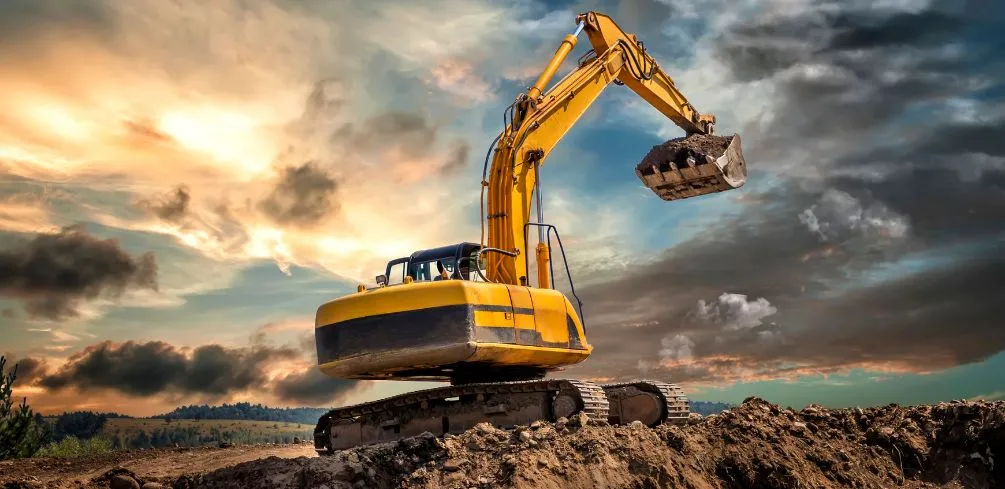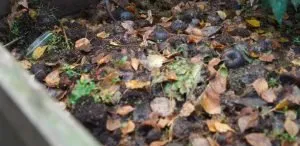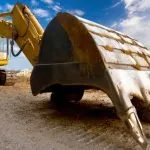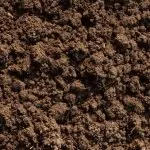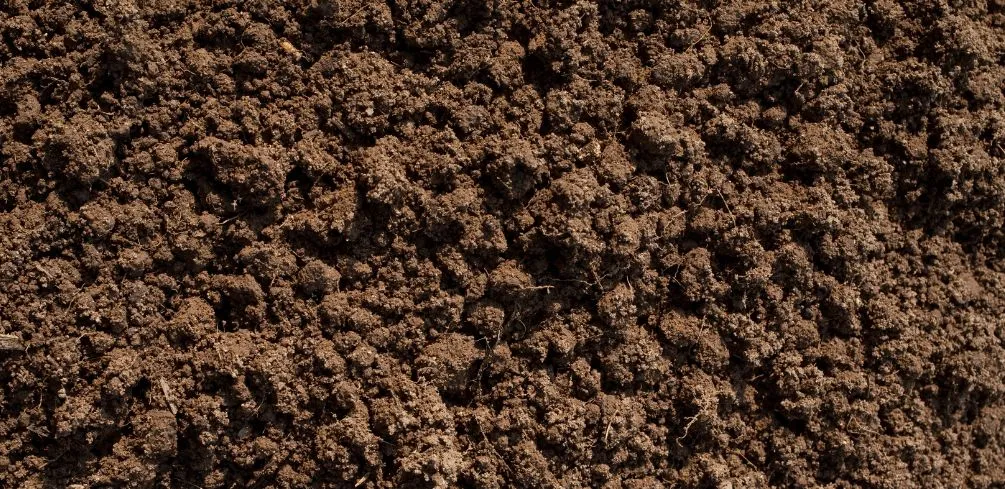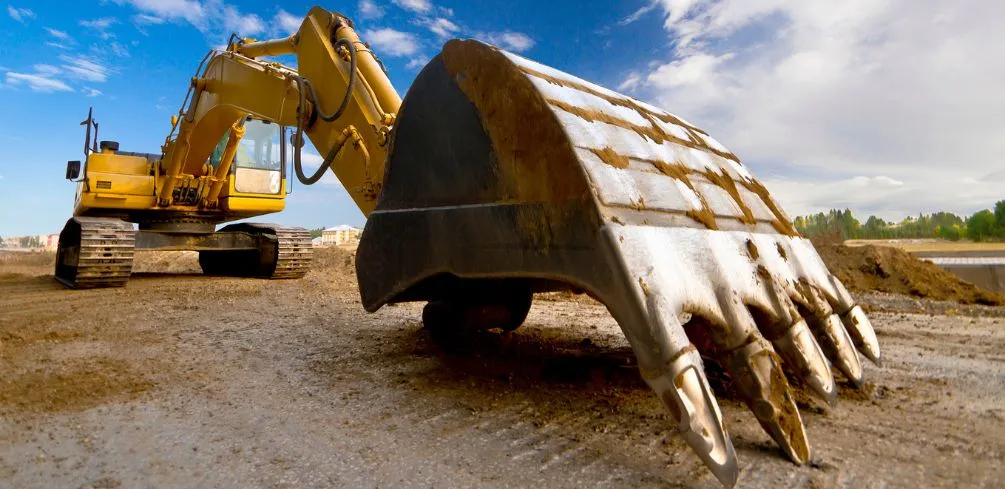The process of excavation, be it for construction or landscaping purposes, often results in a significant amount of dirt being displaced. While some may see this excess dirt as nothing more than an inconvenience, the truth is that it has the potential to offer a wide range of benefits if properly utilized.
Reusing excavated dirt can not only help reduce waste and save money but also provide an opportunity to improve environmental sustainability. In recent years, there has been a growing interest in finding ways to repurpose and recycle materials that would otherwise go to waste.
Excavated dirt is no exception. By reusing this material, we can reduce the need for additional resources while minimizing the impact on natural habitats. In this article, we will explore some of the ways that excavated dirt can be reused and how doing so can benefit both individuals and communities.
Advantages Of Reusing Excavated Dirt
Excavations are a common occurrence in construction projects, and the dirt that is excavated from the site can be repurposed in many ways. The practice of reusing excavated dirt has gained popularity due to its numerous benefits.
One of the most significant advantages of reusing excavated dirt is cost savings. Instead of disposing of the dirt, which can be expensive, it can be used on-site for landscaping or as fill material, reducing the need for purchasing new materials.
In addition to cost savings, there are several other benefits to reusing excavated dirt. For example, it reduces environmental impact by minimizing the amount of waste that ends up in landfills.
It also conserves natural resources by reducing the need for new materials to be mined or extracted from the earth. Reusing excavated dirt also helps improve soil quality and fertility, making it ideal for agricultural applications.
With so many benefits and versatile applications, it’s no wonder why more construction projects are opting to reuse their excavated dirt rather than dispose of it.
Methods For Reusing Excavated Dirt
Ironically, the dirt that is typically seen as a nuisance and an obstacle during construction projects can actually be a valuable resource. Rather than simply discarding it, reusing excavated dirt can have significant benefits for both the environment and the project’s budget.
One of the primary advantages of reusing excavated dirt lies in its potential to improve soil quality. Incorporating this dirt into areas with poor soil conditions, such as those with high levels of erosion or limited nutrient availability, it can help create a more hospitable environment for plants and other organisms.
Moreover, reused dirt can also serve as an effective fill material in construction projects, reducing costs associated with importing new materials on site. Overall, by taking advantage of this readily available resource, construction companies can not only save money but also contribute to more sustainable practices in their industry.
Improving Environmental Sustainability
Ways to recycle excavated dirt have been explored in recent years, with the aim of reducing waste and promoting environmental sustainability.
One innovative solution is to use the excavated dirt for landscaping purposes. This involves shaping the dirt into hills and valleys, planting grass or other vegetation on top, and using it as a natural feature that blends in with the surrounding landscape.
This not only reduces waste but also adds an aesthetic element to the area. Additionally, using excavated dirt for landscaping can prevent erosion and improve soil quality over time.
Another way to recycle excavated dirt is by using it for construction projects. The dirt can be used as fill material for roadways, driveways or building foundations.
This eliminates the need to purchase new materials and reduces transportation costs associated with importing fill materials from elsewhere. By recycling excavated dirt, construction companies can reduce their carbon footprint while also saving money on material costs.
Innovative solutions such as these enable us to make strides toward a more sustainable future while still meeting our needs for development and construction.
As we continue to explore ways to recycle excavated dirt, we can ensure that we are minimizing waste and preserving our environment for generations to come.
Reducing Waste And Saving Money
Improving environmental sustainability in the construction industry is a crucial step toward reducing the negative impact of human activities on the planet. One way to achieve this goal is by reusing excavated dirt, which not only helps reduce waste but also saves money.
The practice of reusing excavated dirt has been gaining attention as a cost-effective solution in construction waste management. By using excavated soil, contractors can avoid purchasing new materials, reducing expenses and minimizing their carbon footprint.
Moreover, reusing soil on-site can lead to improved soil quality and reduce erosion. This practice also eliminates the need for disposal, which reduces transportation costs and contributes to a cleaner environment.
To ensure that reused soil is safe for construction purposes, it must first undergo testing to determine its composition and potential contaminants. Cost-effective solutions can be achieved by implementing efficient construction waste management practices such as reusing excavated dirt.
This approach not only minimizes waste but also saves resources and money for contractors.
By adopting sustainable methods in construction sites through proper management of excavation materials, stakeholders can contribute to improving the environment while achieving economic benefits.
Ultimately, incorporating environmentally responsible practices into construction operations will help preserve natural resources and create a better future for generations to come.
Community Benefits Of Excavated Dirt Reuse
Excavated dirt reuse has significant social and economic impacts on local communities. According to a recent study, every year, over 500 million tons of excavated dirt are generated in the United States alone.
This massive amount of soil can have adverse environmental effects if not properly managed. However, reusing excavated dirt can result in numerous benefits for communities, such as reducing transportation costs, conserving natural resources, and promoting sustainable development.
The economic benefits of excavated dirt reuse are also significant. By reusing this material instead of buying new soil, construction companies can significantly reduce their expenses. Additionally, local governments and municipalities can save millions of dollars each year by using locally sourced soil instead of importing it from other regions.
This practice also creates job opportunities for individuals who work in the excavation and transportation industries, thereby boosting the local economy. Overall, excavated dirt reuse is a win-win situation for both construction companies and local communities alike.
| Social Impact | Economic Benefits |
|---|---|
| Reduces landfill waste | Lowers transportation costs |
| Promotes eco-friendly practices | Saves money on purchasing new soil |
| Encourages sustainable development | Boosts local job opportunities |
| Conserves natural resources | Reduces government expenses |
| Promotes community involvement in green initiatives | Supports local economies |
Frequently Asked Questions
How Can I Ensure The Excavated Dirt Is Safe For Reuse?
Soil testing is a crucial step in ensuring the safety of excavated dirt for reuse. It can provide valuable information about the composition of the soil and any potential contaminants that may be present.
Based on the results, disposal options can be determined, such as treating or disposing of contaminated soil in a safe and responsible manner.
In addition to soil testing, it is important to consider factors such as local regulations and environmental impact when deciding whether to reuse or dispose of excavated dirt. By following proper procedures and taking these considerations into account, individuals can ensure that they are making safe and responsible choices regarding the use of excavated dirt.
Are There Any Regulations Or Permits Required For Reusing Excavated Dirt?
Before reusing excavated dirt, it is crucial to consider the legal requirements and environmental impact associated with such an action. Regulations and permits may be necessary depending on the location and intended use of the dirt, as different states and municipalities have varying laws regarding soil disposal and reuse.
The potential environmental impact of reusing excavated dirt must also be taken into account, particularly when dealing with contaminated or hazardous materials that may pose a risk to human health or ecosystems.
Therefore, it is essential to conduct thorough testing and analysis of the soil before considering its reuse, as well as ensuring compliance with all relevant legal regulations.
Can Excavated Dirt Be Reused In All Construction Projects?
The reuse of excavated dirt in construction projects is not always feasible due to testing requirements and potential environmental impacts. Before being reused, the soil must undergo a series of tests to ensure that it meets specific criteria for strength and stability.
Additionally, there may be concerns about contamination from chemicals or other hazardous materials present in the soil. The environmental impact of reusing excavated dirt can also depend on factors such as the location and intended use of the soil.
While reusing excavated dirt can offer cost savings and reduce waste, careful consideration must be given to these testing requirements and potential environmental impacts before proceeding with any project.
What Are The Potential Drawbacks Or Risks Associated With Reusing Excavated Dirt?
The reuse of excavated dirt in construction projects has gained attention due to its potential environmental impact. However, there are several potential drawbacks and risks associated with reusing excavated dirt.
One of the main concerns is soil contamination, which can lead to the pollution of water sources and harm human health. Environmental regulations must be followed to prevent these negative impacts.
Additionally, the reuse of excavated dirt may not always be suitable for all construction projects, as the properties and quality of the soil can vary greatly depending on the location and previous use. It is important to assess these factors carefully before deciding to reuse excavated dirt.
How Can I Determine The Appropriate Amount Of Excavated Dirt To Reuse For A Project?
Determining the appropriate amount of soil to reuse for a project requires proper soil testing and volume calculation.
Soil testing is essential in identifying the characteristics of the soil, such as its pH level, nutrient content, and compactness, among others. Knowing these attributes will help determine whether the soil is suitable for reuse in a specific project or application.
On the other hand, volume calculation involves determining the amount of soil excavated from a site and comparing it with the required volume needed for the project.
Once both tests are completed successfully, engineers can then determine how much excavated dirt they can reuse safely and efficiently without compromising the safety and quality of their projects.
Conclusion
Reusing excavated dirt can be a cost-effective and environmentally friendly solution for construction projects. However, it is important to ensure that the dirt is safe for reuse and complies with any regulations or permits required for such practices. The potential drawbacks and risks associated with reusing excavated dirt must also be considered before implementing this practice.
To determine the appropriate amount of excavated dirt to reuse for a project, various factors such as soil characteristics, project requirements, and environmental considerations must be taken into account.
Overall, by following proper protocols and guidelines, reusing excavated dirt can be a viable option for construction projects.
